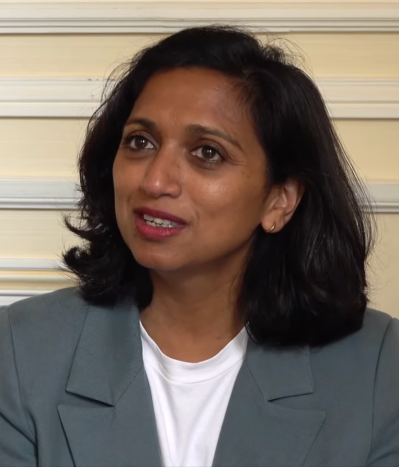News

The French and their digital uses: some form of maturity
Are the French ready to go further in the digital world? It is one of the conclusions of the 2022 Barometer of Digital Uses, which shows that the French are "somewhat ready" in their digital uses. This study, presented on 30 January, aims to measure the use of various devices by the French population, study their practices, detect inequalities in access and anticipate major trends.
The Baromètre du numérique (Barometer of Digital Uses) is published by the Ministry of the Economy, which is also in charge of the digital transition, in order to give a precise account of the evolution of French practices and to understand their expectations in this area.
A benchmark barometer
Initiated in 2000, this recurring survey, to which nearly 5,000 people representative of the French population responded this year, has become a benchmark barometer with the specific objective of:
- measuring the adoption of digital equipment by the French and study their practices in this field;
- detect inequalities in access to the various services offered by digital technology and difficulties in skills, whether they are “voluntary or suffered”;
- help the French government and public authorities in general to anticipate major trends in order to “implement a policy that encourages everyone to embrace digital technology”.
Digital technology is omnipresent in everyday life
Several lessons can be drawn from this barometer, starting with the fact that digital technology has become an integral part of French people’s daily lives.
The study notes that under 70 years of age, the proportion of Internet users exceeds 96% in each age category. On average, the French watch a screen (any kind of screen) 32 hours a week and more than half of the population spends more than three hours a day in front of a screen, the smartphone being one of the most widely used digital devices in 2022, with 87% of the population equipped (+3 points compared to 2020). The smartphone has thus become “the tool that most strongly symbolises access to digital uses”: its distribution continues to increase and it is becoming the most popular device before the computer.
More precisely, whatever the digital tools used, the French prefer access to the Internet everywhere. They surf the Internet every day, including “in the interstices of daily life, the idle times”. When they are waiting or commuting, surveyed individuals say that they go online (70%), watch videos (50%), play games (47%) and send text messages (76%), “to the detriment of more traditional activities such as reading a book or a paper newspaper (53% compared to 63% in 2013)”.
New functions alongside more traditional uses
According to the Barometer, “some uses are showing signs of decline”. This is the case for social networks (62% compared to 67% in 2020), already abandoned by the youngest users for several years (68% compared to 84% in 2017). The more traditional uses are however well established: job searches are slowly progressing (29% compared to 26% in 2017) and administrative and tax procedures, even though they are not changing much in the long term, are already at a high level (71% of the population, as in 2020, compared to 67% in 2017).
Regarding online purchases, which had “spiked during the health crisis”, this trend has not declined and is even confirmed (77% as against 76% in 2020). Finally, only 7% of the French population owns a virtual reality headset, but 20% has already tried this new tool and 20% would like to do so!
Obstacles still exist but progress is being made
More people face obstacles to the “full use of digital technology”. This is also one of the conclusions of the Barometer, which highlights that 48% of the French experience at least one form of difficulty that prevents them from using digital tools and the Internet (+13 points compared to 2020). But, more than devices or access to the Internet, complete proficiency of digital tools remains the main obstacle (25%, +7 points compared to 2020). According to the authors of the survey, this contradiction with the increase in digital use can be explained by the fact that “greater use of digital tools can also be accompanied by an awareness of their limits”.
However, with the pandemic, the whole population has been led “to take control of tools that are sometimes unfamiliar”, whether to maintain relations with close people, in remote work and online courses or in digitalised administrative procedures.
Thus the study concludes, two years after the start of the crisis, in average, “over one adult French individual out of two considers using such tools better”, even though the share of people facing difficulties to complete online administrative procedures is on the rise (54%, +16 points compared with 2020). It is worth noting that to eliminate such obstacles, there is in France about 4,000 digital counsellors which mission is to “support the self-reliance of people in difficulty with digital tools, including in training workshops”.








No comment
Log in to post comment. Log in.